Explainer: What makes Iran's Rezvan and Raad loitering munitions prized assets?
By Ivan Kesic
During the Payambar-e-A'azam 19 (The Great Prophet 19) military drills, Iranian armed forces displayed and tested cutting-edge loitering munitions, highlighting rapidly advancing capabilities.
At an important military facility, the Rezvan loitering munition was officially unveiled in the presence of the media alongside new-age combat drones and precision-guided missiles.
At the same time, the Raad loitering munition underwent testing in western Kermanshah province.
Just days later, the Iranian military announced the delivery of a new fleet of 1,000 domestically produced drones. These advanced drones boast radar-evading capabilities and can strike targets over 2,000 kilometers away, further solidifying Iran's growing defense prowess.
What is a loitering munition?
Loitering munitions, a class of expendable drones equipped with built-in warheads, are designed to “loiter” over a target area, waiting patiently for the perfect moment to strike by crashing into it.
Often referred to as suicide, kamikaze, or one-way-attack (OWA) drones, these weapons differ from their basic counterparts. Unlike preprogrammed kamikaze drones that function as mini-cruise missiles, loitering munitions can alter their mission mid-flight or even return to base if no target is detected.
Outfitted with sophisticated sensors, precision guidance systems, and versatile warheads, loitering munitions can search, identify, track, and engage both static and mobile targets with precision.
Depending on their model and design, they can hover for several minutes or even longer, with target acquisition managed either by a ground operator using real-time imagery or autonomously, without human intervention.
Compact, transportable, and easy to deploy, loitering munitions are extremely difficult to detect or intercept, making them a powerful tool for crippling enemy forces and morale.
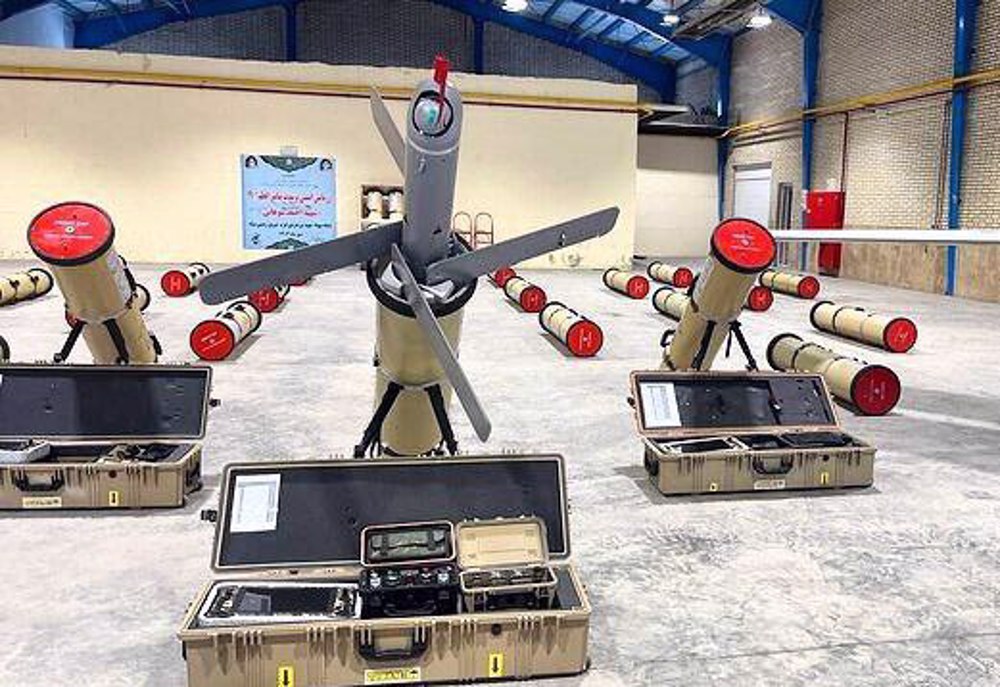
In recent years, these drones have seen a surge in use, demand, and technological development, becoming a cost-effective, reliable alternative to traditional high-value platforms.
The Russia-Ukraine war highlighted their versatility, with long-range loitering munitions striking targets hundreds of kilometers away and tactical variants reshaping frontline battles.
Despite their growing prominence, there remains no foolproof defense against loitering munitions, particularly on the tactical battlefield. Existing countermeasures are expensive, limited in availability, and often unreliable, according to military experts.
The evolution of loitering munitions presses on, incorporating cutting-edge advancements such as enhanced sensors, AI-driven capabilities, jamming resistance, quieter and more efficient engines, and aerodynamic designs for seamless flight and agile dives.
These innovations continue to solidify their place as a game-changing weapon in modern warfare.
What are the characteristics of Raad and Rezvan?
Iranian military sources have unveiled the Raad and Rezvan loitering munition systems, providing their names, photos, and footage, though technical specifications remain sparse.
Footage of the Raad test was first shown in February last year, then as an unnamed weapon, while its name was revealed in recent days.
Last April, based on similarities to the Russian Lancet system, Iranian media estimated a flight endurance of 30 to 60 minutes, a range of 40 kilometers, and a warhead of 3 to 6 kilograms.
Rezvan, however, made its debut just last Thursday. Only its front half was visible, protruding from a cylindrical launcher. With a reported range of 20 kilometers and a 20-minute flight duration, it’s positioned as a short-range tactical drone.
Both drones feature tactical X-wings for enhanced maneuverability during dives but differ in launch methods. Raad utilizes a booster and is launched from a tripod, distinguishing it from Russia’s catapult-launched Lancet and Scalpel systems, which feature a different wing configuration.
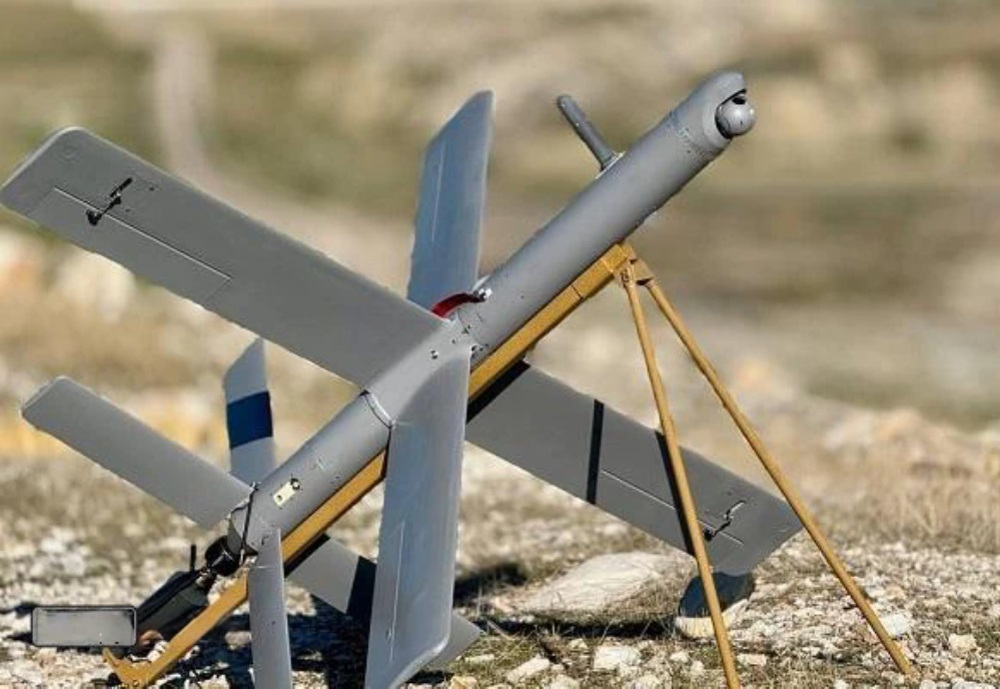
Raad boasts four fixed lifting wings and four smaller tail fins, manually mounted before launch. Rezvan, on the other hand, has foldable wings that deploy mid-launch.
It is not known what kind of tail fins Rezvan has, as there are configurations without them, such as the Russian Izdeliye-53, nor what kind of propulsion it uses, but it is most likely a propeller.
Also, considering the aforementioned range, it is expected to have an electric motor that is significantly quieter than a fuel-powered piston engine, making it a greater surprise for the enemy when diving.
Raad and Rezvan have a similar rotatable pod with cameras and sensors positioned in the lower half of the nose, which distinguishes them from similar foreign drones.
One notable difference compared to last year's and the recent launch of Raad is that the latter features an antenna installed vertically on the frame.
Both loitering munitions were developed by Islamic Revolution Guards Corps (IRGC) military experts in cooperation with domestic knowledge-based companies.
Raad and Rezvan are ideal tactical equipment for protecting Iran's borders in mountainous areas, especially in the northwest and southeast where foreign-backed terrorist groups operate.
In recent years, these groups, with knowledge of the local geography, have tried to bring their sabotage teams inside the country and in most cases were ambushed.
The newest loitering munition systems provide a more effective way to deal with such terrorist and sabotage groups at safe distances, without fear of human casualties.
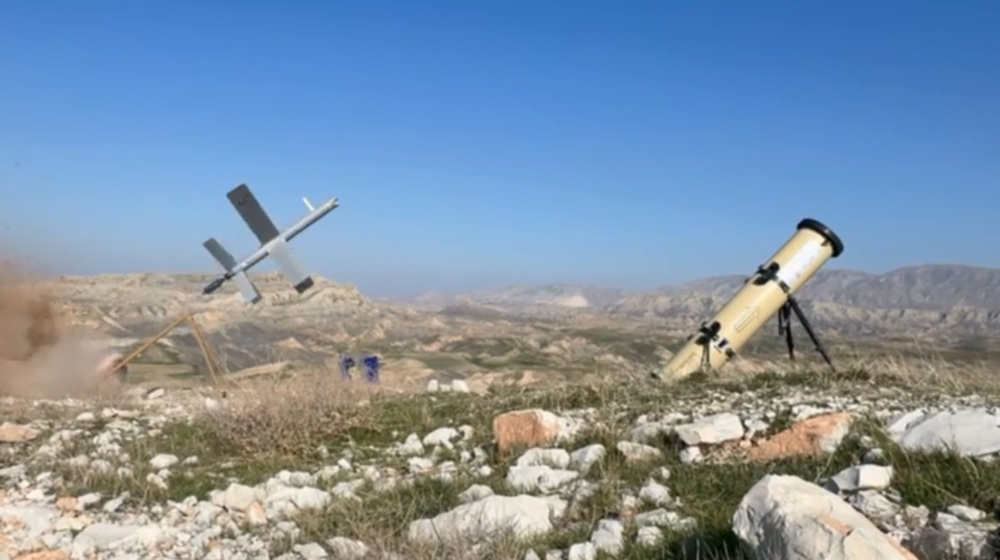
What are similar Iranian and foreign systems?
The IRGC has made a big investment in the development of loitering munitions in recent years and a range of advanced systems have been employed in various military exercises across Iran.
Shahed-131, Shahed-136, Shahed-238 and Omid belong to the category of loitering munitions, but they differ in many ways from tactical Raad and Rezvan because they use gasoline engines, have a cropped delta-wing shape, a long-range (from 1,000 to 2,500 km) and are intended for strategic targets.
The latter category also includes Ababil-2, Raad-85, Arash-1 and Arash-2, cylindrical blunt-nosed fuselage designs, with different wing and fin configurations.
Smaller tactical drones similar to Raad and Rezvan are Shahin-1, Meraj 521, and Sina, all launched from tubes and with foldable wings and fins.
Partial similarities also exist with the 358 missile, a loitering munition intended for searching for and destroying air targets.
Of the foreign drones, the most similar based on the X-wing design are the Russian drones Lancet, Scalpel and Izdeliye-53, the German HX-2 and an unnamed North Korean loitering munition.
The Zionist regime's media claimed that the Rezvan is an alleged "copy" of one of their X-wing Hero loitering munitions, however, there are significant differences in the design details, including frame, rotating pod, wings, tubes, etc.
Tactical tube-launched loitering munitions have multiple obstacles and are limited to a few basic designs, so there is not much room for radical new ones.
There is also no evidence that Rezvan does not predate its so-called archetypes and was developed long ago, as was the case with numerous other systems such as the Shahed-136 and 358-class missile, which were publicly presented years after the first sightings.
Israel has slaughtered 13000 students in Gaza, West Bank
VIDEO | More Zionist than Zionists: Biden’s legacy to be defined by Gaza genocide
Hamas confirms handing approval of Gaza ceasefire deal to mediators
VIDEO | Iran: Show of strength
UNRWA will ‘stay, deliver’ aid to Palestinians despite Israel’s ban: Lazzarini
Explainer: What makes Iran's Rezvan and Raad loitering munitions prized assets?
VIDEO | Unseen agony: Missing loved ones of genocide in Gaza
Iran cuts gold import tariff to zero


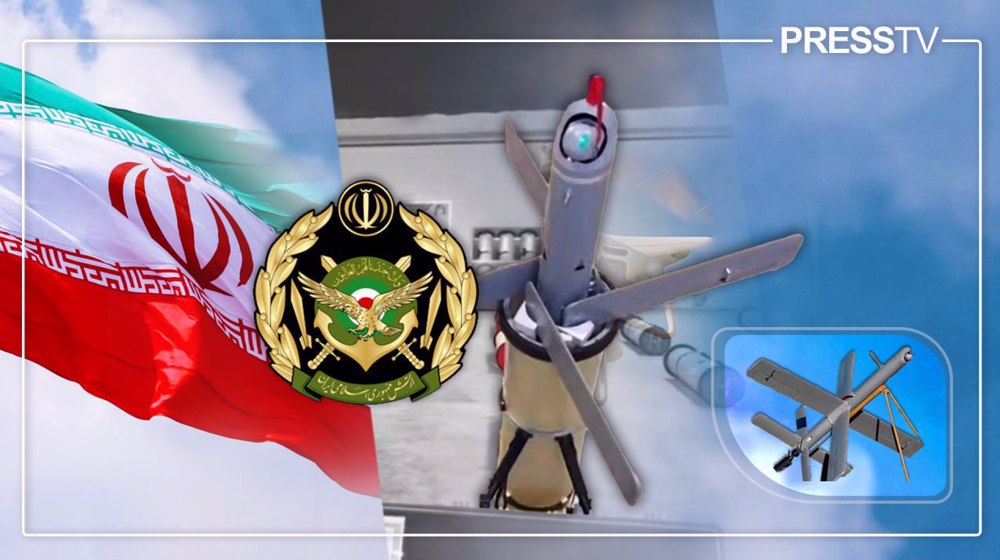
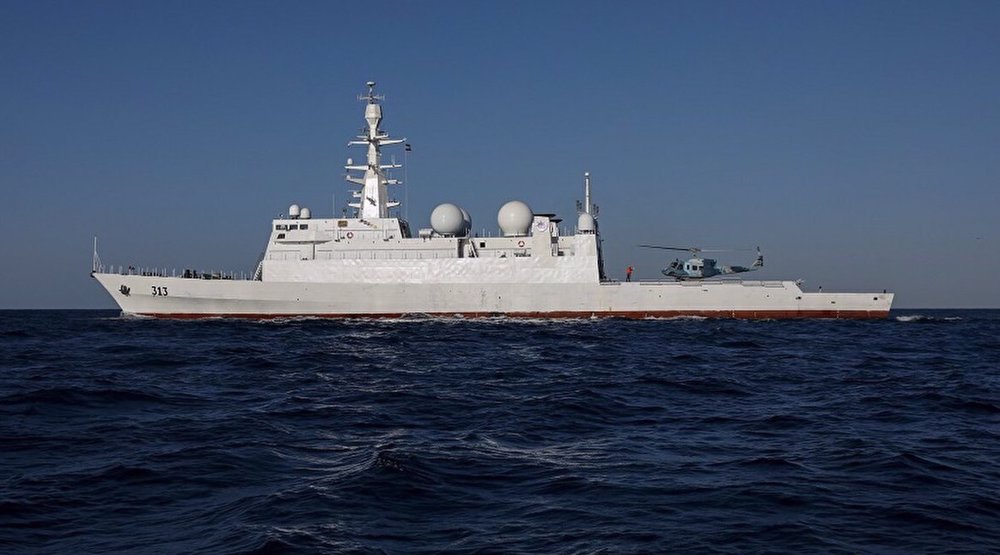












 This makes it easy to access the Press TV website
This makes it easy to access the Press TV website